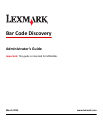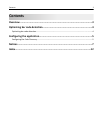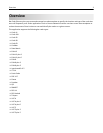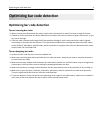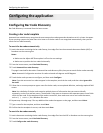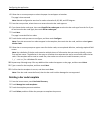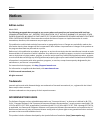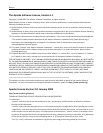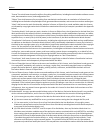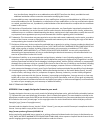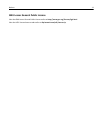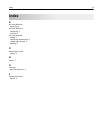
Optimizing bar code detection
Optimizing bar code detection
Tips on scanning bar codes
• When scanning one-dimensional bar codes, position them horizontally to match the linear scaling of the bars.
• If patterns of text and specks are falsely detected as bar codes, then you can choose to ignore those areas, or you
can rescan the page.
• If the bar code is skewed on the page itself, then position the page in such a way that the bar code is aligned
horizontally or vertically with the scanner. This is particularly helpful when scanning two-dimensional bar codes,
such as PDF417, Data Matrix, and QR codes, which are harder to recognize than basic one-dimensional bar codes,
such as Code 3 of 9 and Code 128.
Tips on designing bar codes
• Increase the bar code font size to a more readable size.
• Make sure asterisks appear before and after the bar code characters. Asterisks are used as start/stop characters
for most linear bar codes.
• Make sure that only valid bar code characters are used within the data. An invalid character may be recognized as
a blank space, which will then result to having increased gaps between the bars.
• Make sure that there is enough contrast between the bar code and the color of the material you are printing on.
• Make sure to know the type, resolution, orientation, placement, and the number of bar codes on a document.
These are significant factors that can affect bar code detection.
• To prevent patterns of text and specks from appearing as bar codes in some documents, make sure to establish a
quiet zone (a clear area without any text or other marks) around the bar code.
Optimizing bar code detection 4



